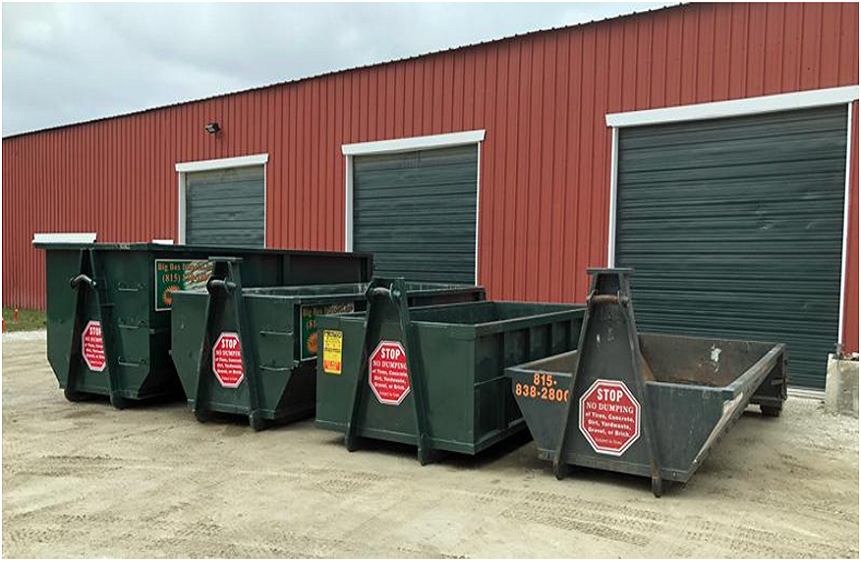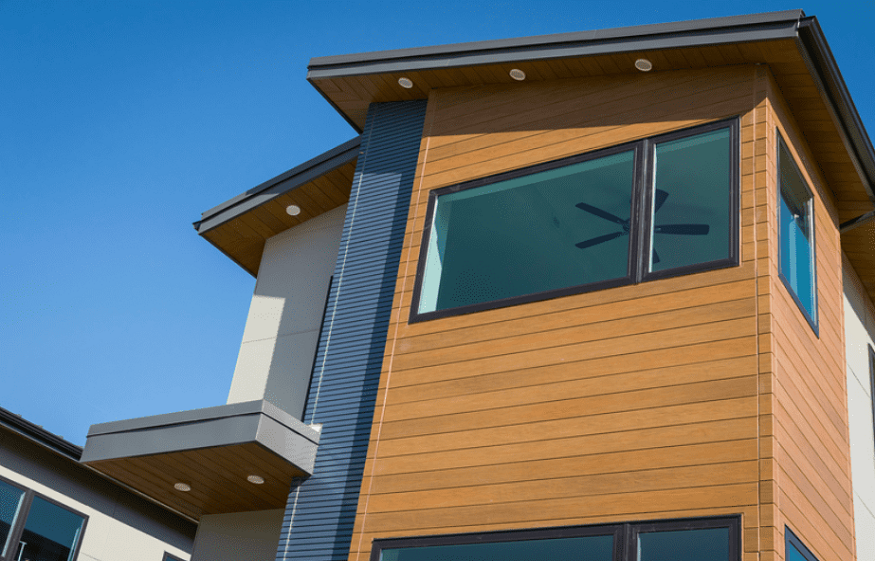Renting your first dumpster can be daunting – yards, weight limits, delivery windows, and at least a dozen sizes you’ve never used. The good news is that matching the size of your container to the size of your project is easier than it seems, and it will definitely be easier than you thought. This guide will help you with sizing and rules, costs and drop sites so that you can rent a dumpster confidently.
How to Measure Your Project Waste
Dumpster capacity is measured in cubic yards. A cubic yard (https://www.quora.com/How-do-I-determine-cubic-yards) is a cube that is 3x3x3 feet, most roll-off containers are 10, 15, 20, 30, or 40 yards. To estimate your volume, think about how your materials will stack and how dense they are (dry lumber takes up space different than broken concrete and sticky drywall).
- Think in truck loads: a level full-size pickup truck holds approximately 2-3 cubic yards. If you are guessing 4-5 truckloads, a 10-yard can be pushing it; a 20-yard is better.
- Use the quick math: measure your pile in feet (length x width x height) then divide by 27 to get cubic yards.
- Density considerations: roofing shingles, dirt, and concrete will typically hit weight limits long before they fill the container. Get one size bigger or get a heavy-debris container.
- Add a buffer: plan on 10-20% more to avoid overflowing and making extra hauls.
Small vs. Large Dumpsters Explained
For small room cleanouts, small bath remodels, or yard debris, 10-15-yard dumpster are easy to load, and fit into tight driveways. Best used with lighter materials, and relatable to shorter projects. Moderate jobs—like kitchen renovations, or flooring in several rooms—are usually sized in the 20-yard range, a good middle of the road choice in terms of size and cost.
It’s fairly easy to justify a 30-yard dumpster if you’re partitioning a larger remodel, garage demolition, or replacing several roofs. If you want to explore different options for 30yards dumpster rental Spokane, you can explore where local companies are active and their main service areas on the map below.
For an entire house clean-out, large addition, or light demolition, you may want to consider jumping up to a 40-yard, especially if you want fewer hauls and more room to load. If you’re not sure, pay the extra amount and size up; it’s usually less expensive than paying for a second haul.
What Items Can’t Go in a Dumpster?

Not everything can ride in the same box. Landfills and transfer stations have rules that protect their workers and the environment, and local policies vary. If you’re operating under HOA (see here for more) or permitting guidelines—or trying to meet C&D waste management goals, confirm your provider’s policies before loading.
- Items that are hazardous: including paints, solvents, gasoline, pesticides, and liquids- are all special disposal situation
- Electronics and batteries: TVs, laptops, lithium batteries, and fluorescent bulbs are usually a no-go.
- Appliances that contain refrigerants: including fridges, freezers, or air conditioners- must, first go through certified removers for refrigerant.
- Tires and mattresses: often prohibited from the site but may have additional charges, depending on the facility.
- Heavy “clean loads”: items like dirt, concrete, bricks, and asphalt may need to be contained in a dedicated heavy debris dumpster.
- Asbestos or lead-contaminated material: must be managed by licensed professionals and governed by state and federal regulations.
Cost Factors Most People Don’t Consider
Price is not merely the sticker price on the size dumpster. Most rentals will have a base cost, delivery/pickup charges, a weight allowance, and a typical rental timeframe (normally 7 to 10 days). Overage fees will apply if you go over any of these parameters.
Weight is important. If your container is for example 2-4 tons, and you load items that are very dense like roofing or tile, the overage fees will be calculated per ton, and they will add up quickly. Fees apply if you keep the container longer than the agreed rental period, and if your container requires a long driveway placement that cause hand-carting for the driver, this may trigger fees. Mixing things that should not go into a dumpster along with acceptable debris, causing “contamination” fees, when any facility sorting or rejecting the load.
Logistics – Don’t Forget This. Many on-street placements require a right-of-way permit from your city. Some providers charge more, based on the distance from their location to your project, or a difficult site. If you require same-day dumpster delivery, expect to pay more during busy remodel seasons.
Choosing the Right Spot for Placement
Picking a good location for your dumpster will expedite the loading stage and protect property. Pick a flat and hard surface when possible. Driveways and compaction pads are better than lawns or soft soil. You will want to keep the box close to the work area, to minimize labor to load, and speed up jobsite clean-up.
- Leave Space for the Truck: the driver will normally need about 20-25 feet of vertical clearance and 40-60 feet of straight-line space to safely place the container.
- Protect Surfaces: If you are worried about scuffs or hairline cracks from driving on asphalt or concrete, put down plywood under the wheels/rails.
- Check slope and drainage: avoid steep pitches and areas where water can collect on the ground, as you don’t want wet ground to sink or get stuck with container.
- Proper & Considerate Door & Gate Use: Many roll-off containers have rear swing doors, so make sure you have enough room for them to swing open completely.
- Be considerate of traffic flow: clear sidewalks, hydrants, and neighbors’ driveways; note any HOA or city rules.
Final Tip
Communicate the debris you intend to load, your timing, and the container location across clearly. A note or email will help your provider determine the best size and provide advice on any special handling. Whether you are tackling a weekend clean-out or light demolition involving construction debris hauling; a dumpster sized right, that’s delivered on time, will help the project stay on schedule and budget with minimal headaches.



